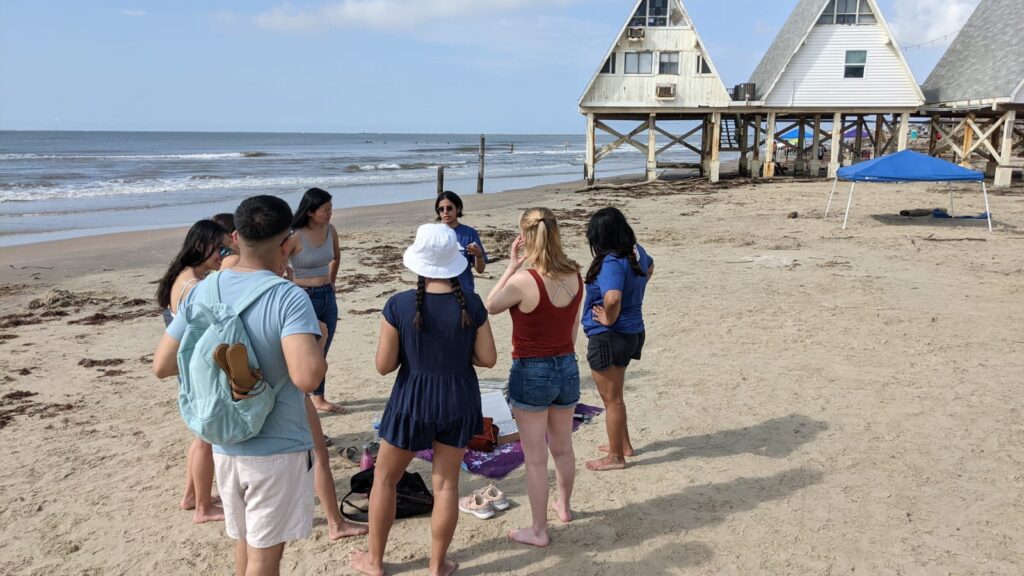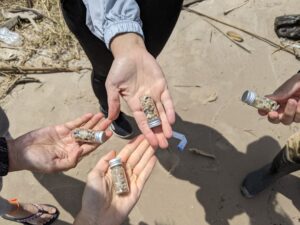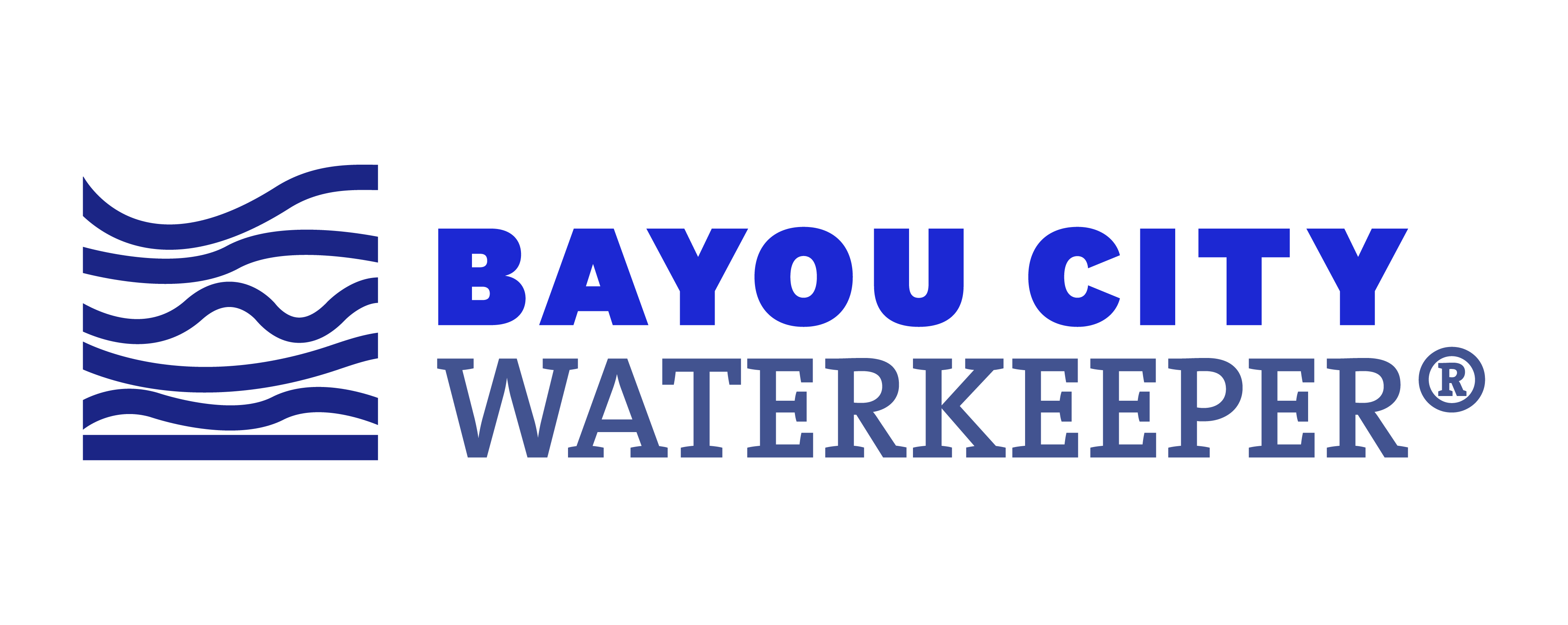This is a guest post by summer 2021 legal intern Allie Soileau.
We have all seen news stories where an unwitting individual bites into a sandwich and encounters a mystery item, such as a band-aid or a piece of plastic. While this is undoubtedly disgusting, many people do not realize that we consume thousands of bits of plastic yearly. These bits are called microplastics. While there is not a lot of information on what harms these contaminants could cause to humans directly, studies show that microplastics are very harmful to our oceans and aquatic life, with microplastics making up approximately 85% of plastic pollution found on our shorelines.

What are microplastics?
Tiny beads of plastic, or microplastics, are being found in everything from food to animals to human organs. Microplastics are small plastic pieces less than five millimeters long which can be harmful to our ocean and aquatic life, with studies still being conducted on their possible effects on humans. Microplastics take many forms and include nurdles, which are very small pellets of plastic which serve as raw material in the manufacture of plastic products, as well as plastic broken down from larger plastic pieces and microbeads used in health and beauty products. Even baby bottles and other plastic food and drink containers have been shown to shed microplastics into hot water. Microplastics are so small that they easily slip through our water filtration systems.
How do microplastics affect our watershed?
Microplastics are very harmful to our waterbodies and aquatic life, especially shellfish and young fish. Results of microplastic ingestion can include disrupted reproductive systems, stunted growth, diminished appetite, tissue inflammation, liver damage, and altered feeding behavior. In the greater Houston region, plastic pellets called nurdles have been found in Buffalo Bayou and the Houston Ship Channel and even along train tracks in Jersey Village. Recent trends show plastic production to increase in the Greater Houston region, thus it is imperative for us to evaluate the environmental impact and prevent microplastic pollution. Galveston Bay and the surrounding areas are home to many aquatic organisms that are being impacted by microplastics. Studies are being conducted to determine the cumulative impact of plastic pollution on our region. With a large number of plastic manufacturing sites in the area, we need a robust and comprehensive management strategy to protect our environment from microplastic pollutants being emitted in our waterways.
What is being done about this issue?
On December 28, 2015, President Barack Obama signed the Microbead-Free Waters Act of 2015, banning microbeads in cosmetics and personal care products. While this was a great accomplishment, the statute only fights one source of microplastics. The Clean Water Act, which turns 50 next year, offers a powerful tool for communities affected by plastic pollution to take charge of localized problems. To illustrate, in 2019 Formosa Plastic agreed to pay $50 million to settle a lawsuit brought by Texas residents working with our sister organization San Antonio Bay Waterkeeper. The lawsuit alleged that the petrochemical giant discharged billions of nurdles into Lavaca Bay and Cox Creek, severely damaging the natural areas. The settlement included an agreement by the company to comply with future “zero discharge” of all plastics and help clean up existing pollution. Citizen suits such as this, as well as the involvement of the community in monitoring Formosa’s compliance with this agreement, play an integral part in the fight against microplastics.

What can I do to help?
Ending plastic pollution will require ambitious, systemic change. Individuals can help support this change by reducing their own use of plastic and working with organizations like Bayou City Waterkeeper to help us document the extent of the problem locally so we may take action to help drive this change within our region. As a member of Nurdle Patrol, we are helping document plastic pollution in the lower Galveston Bay watershed with the help of volunteers. This community-formed patrol played an integral part in the Formosa Plastic litigation, and is providing vital information for those dedicated to protecting our aquatic ecosystems. Nurdle Patrol studies can also be used to hold other polluters accountable.
To join Bayou City Waterkeeper’s Nurdle Patrol team on a volunteer day, contact us at info@bayoucitywaterkeeper.org. For updates on our work to improve water quality across the greater Houston region down to Galveston Bay, join our email list and follow us on facebook.
***

Allie Soileau is a second-year law student at the University of Houston Law Center. Originally from New York, Allie was raised in south Louisiana and fell in love with the swamps and waterways of The Pelican State while developing a deep-rooted passion for environmental conservation. She received her BS in Animal Science from Louisiana Tech University in 2019 before moving to Houston, where she worked in a veterinary clinic that saw domestic and exotic animals. In 2020, Allie began studying for her J.D. at the University of Houston with hopes for a career in environmental or conservation law. She was recently appointed President of the Student Animal Legal Defense Fund at UHLC and aims to protect the animals in our ecosystems as well as the ecosystems themselves.
